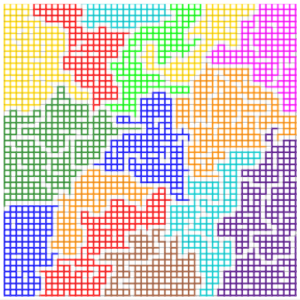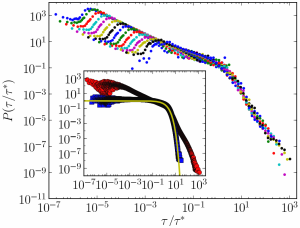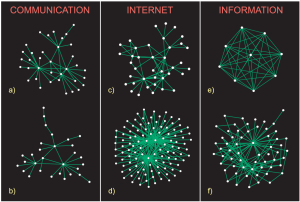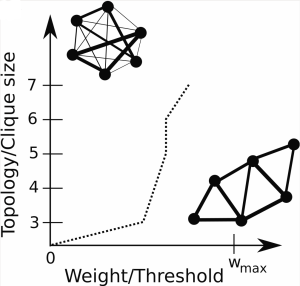R. Toivonen, L. Kovanen, M. Kivelä, J.-P. Onnela, J. Saramäki, K. Kaski
This paper reviews, classifies and compares recent models for social networks that have mainly been published within the physics-oriented complex networks literature. The models fall into two categories: those in which the addition of new links is dependent on the (typically local) network structure (network evolution models, NEMs), and those in which links are generated based only on nodal attributes (nodal attribute models, NAMs). An exponential random graph model (ERGM) with structural dependencies is included for comparison. We fit models from each of these categories to two empirical acquaintance networks with respect to basic network properties. We compare higher order structures in the resulting networks with those in the data, with the aim of determining which models produce the most realistic network structure with respect to degree distributions, assortativity, clustering spectra, geodesic path distributions, and community structure (subgroups with dense internal connections). We find that the nodal attribute models successfully produce assortative networks and very clear community structure. However, they generate unrealistic clustering spectra and peaked degree distributions that do not match empirical data on large social networks. On the other hand, many of the network evolution models produce degree distributions and clustering spectra that agree more closely with data. They also generate assortative networks and community structure, although often not to the same extent as in the data. The ERGM model, which turned out to be near-degenerate in the parameter region best fitting our data, produces the weakest community structure.
Social Networks 31(4), p. 240–254
Read the full text




